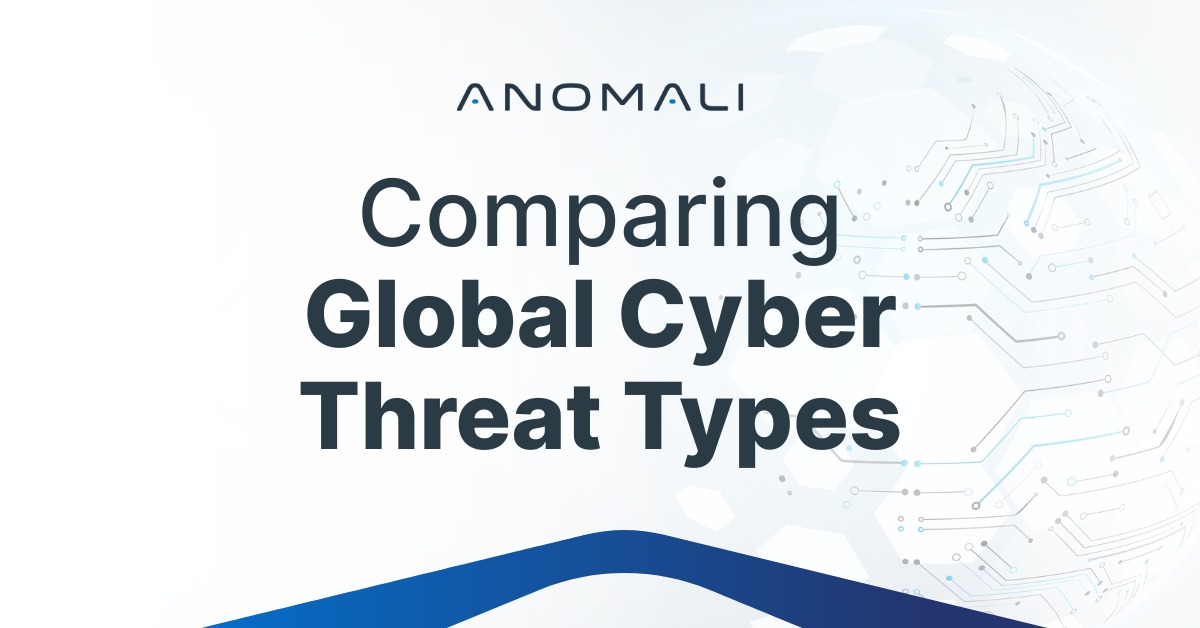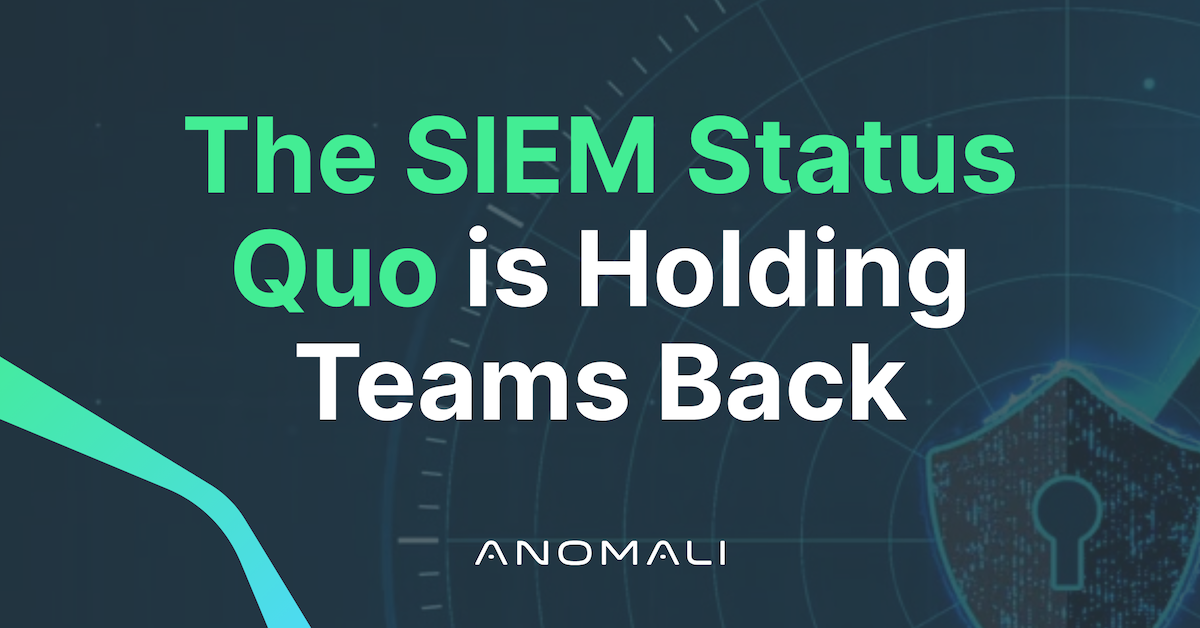AI in Cybersecurity: Threat, Asset, and Ally
Artificial intelligence (AI) is no longer an emerging technology; it is the foundational force transforming the fabric of cybersecurity. As AI becomes more deeply embedded in enterprise infrastructure, adversarial capabilities, and defensive operations alike, it’s reshaping the landscape at a structural level. For technology leaders, this is not a technical evolution — it’s a strategic inflection point.


AI is amplifying traditional threats, introducing novel threats, and challenging the reliability of our AI systems. Navigating this shift requires clarity around four emerging threat categories:
- Augmentation of existing threats: Enhanced precision in targeting, sophisticated reconnaissance, and improved success rates in phishing and compromise attempts.
- Native AI threats: Modern and new attack vectors such as prompt injections, model manipulations, and AI-generated exploits, currently maturing from experimental to operational and poised for widespread adoption.
- Drifting AI systems: Unintended behaviors from AI systems, including guardrails circumvention and unintended exposure of sensitive data, creating integrity, operational, and reputational risks.
- Insecure AI implementations: Gaps resulting from inadequate controls over AI systems, including insufficient logging, over permissive access management, and ineffective governance of machine identities.
A forward-looking defense strategy must address three dimensions:
- Secure your environment from AI threats
- Secure your AI solutions as modern “crown jewels”
- Secure alongside AI defense operations
Each dimension introduces unique risks and valuable strategic opportunities. Together, they delineate an emerging future where AI serves simultaneously as the greatest enabler and the most formidable security challenge in modern cybersecurity.
The Shape-Shifting Threat Landscape: Securing Against AI-Driven Cyberthreats
AI is not only accelerating the pace of attacks — it is redefining how adversaries operate. Threat actors are no longer limited to broad, opportunistic campaigns. With AI, they can execute highly personalized, behaviorally informed attacks with precision and speed — transforming scale into surgical impact. This is practical sophistication at scale.
AI-generated phishing, deepfakes, and synthetic social engineering have begun to outpace human detection, exploiting trust and context with unprecedented realism. These threats challenge the very foundation of traditional defenses, necessitating machine-led detection and automated response.
Equally critical are the emerging AI-native threats, including prompt injection, model manipulation, and hallucinated vulnerabilities. These risks are not theoretical. They stem from the way AI systems are built and behave, exposing organizations to failure modes that legacy architectures were never designed to handle. Defending against them requires adaptive defenses that are as dynamic as the threats themselves.
Preparing for Diverse Threats and Unpredictable Behavior
Compounding the challenge is the inherent unpredictability of AI behavior. Even well-governed systems can drift, circumventing controls, leaking sensitive data, or enabling unintended outcomes. From unauthorized jailbreaking to subtle policy violations, drifting AI systems introduce operational and reputational risks if not properly monitored, bounded and governed.
These risks aren’t distant possibilities. They are already manifesting across certain vertical industries and geographies.
To stay ahead, security teams must evolve from reactive postures to anticipatory strategies, proactively modeling where AI may fail, where it may be exploited, and how best to contain its unintended consequences.
How Anomali Helps
The Anomali platform offers native AI capabilities integrated with the industry’s leading global threat intelligence repository. By correlating internal telemetry with global threat signals in real time, it surfaces early indicators of AI-driven threats, enabling a faster and more targeted mitigation and response.
AI as a New Attack Surface and a “Crown Jewel”
As enterprises move beyond experimentation and embed AI into decision-making, product development, and customer experiences, these systems are rapidly becoming both mission-critical assets and attractive targets. In this new phase of operationalization, AI solutions are no longer peripheral — they are foundational. This makes them uniquely vulnerable.
Unlike traditional software, AI systems are often trained on sensitive data, built on interconnected supply chains, and governed with inconsistent fragmented oversight. The result is an expansive, dynamic attack surface that introduces new challenges for defenders.
Several structural blind spots make securing AI particularly complex:
- Sensitive training data: Models trained on proprietary or personal data are susceptible to inference attacks, data leakage, or misuse when protective controls are insufficient.
- Interconnected ecosystems: Integration with external APIs, third-party models, and orchestration frameworks extends exposure well beyond the enterprise perimeter.
- Machine identity sprawl: Each AI process, agent, or pipeline acts as a new identity, often with elevated privileges and limited visibility, making traditional identity governance inadequate.
Left unchecked, these machine identities can become hidden persistent vulnerabilities, enabling lateral movement, privilege escalation, or unauthorized data access.
Securing AI systems requires adapting core principles, not reinventing them. It requires applying concepts like zero trust, least privilege, and continuous monitoring to non-human actors — but with the same rigor as for human users. That means:
- Implementing robust identity governance for AI processes
- Continuously monitoring model behavior and decision outputs
- Auditing model activity with the same scrutiny applied to privileged users
As AI becomes central to business operations, securing it must become equally central to security architecture.
How Anomali Helps
Anomali empowers organizations with the visibility and control needed to monitor, govern, and secure machine identities across complex environments. By applying threat intelligence, observability, and behavioral analytics to AI systems, the platform ensures these systems operate within defined parameters and promptly surfaces anomalies that may signal misuse, compromise, or manipulation.
AI as a Force Multiplier: Securing with AI in Defense Operations
As AI reshapes offensive capabilities, it is equally transforming the technological and organizational foundation of defense operations. Forward-leaning security operations are already embracing AI — not as a tool, but as a strategic enabler — to enhance detection, streamline investigation, and automate responses with speed and precision.
Today, AI is significantly accelerating time-to-insight across the entire security operations center (SOC). From automating log enrichment and contextual analysis to dynamically prioritizing alerts, AI empowers security teams to greater clarity and agility, reducing noise while increasing accuracy.
In the near term, we will see analysts managing fleets of specialized AI agents, delegating routine triage, initial investigations, and tactical response. Looking ahead, fully autonomous SOC tiers will emerge, where human oversight is preserved for strategic judgment and exception management, not every manual task.
As Technology’s Role Evolves, So Must Humans
This evolution redefines the role of the analyst, from executor of actions to strategic orchestrator, responsible for tuning AI systems, validating decision quality, and aligning security outcomes with broader business priorities.
To succeed, organizations must adopt hybrid defense models where human expertise remains central to judgment and ethical oversight, while AI scales execution, analysis, and decision support. This is not about replacing human intuition. It’s about augmenting it with speed, scale, and intelligence.
Critically, trust in AI must be earned. Transparency, accountability, and continuous validation are essential to ensuring AI systems operate within governance boundaries and deliver reliable outcomes.
How Anomali Helps
Anomali AI enhances every phase of security operations, from intelligent triage and signal correlation to response orchestration. By automating repetitive tasks and elevating contextual insights, the platform frees analysts to focus on high-value activities, such as threat hunting, strategic response, and continuous hardening — laying the groundwork for a scalable, AI-augmented defense operation.
Rethink Everything: What Security Leaders Must Do Now
The integration of AI into every layer of cybersecurity is no longer optional. It’s a foundational transformation in a sector already strained by talent shortages and operational fatigue. Leaders must go beyond incremental improvements and re-architect their defense programs for a world where AI is embedded across every workflow, and increasingly in every decision point.
But this is more than a technical evolution, it’s a strategic shift. It requires rethinking how organizations govern AI, manage risk, and structure teams to thrive in a high-velocity, AI-enabled world.
Key imperatives for security leadership:
- Build multidisciplinary teams that combine AI fluency, cybersecurity expertise, and business acumen
- Modernize governance frameworks to include oversight of algorithmic decision-making and model integrity
- Redefine resilience — not as recovery, but as continuous adaptation where learning, iteration, and recalibration are built into the operating model
The most forward-thinking organizations will recognize that AI in cybersecurity is not a fixed destination but a dynamic journey. Long-term success will depend on how quickly and cohesively strategy, operations, and innovation are aligned to the evolving realities of a modern threat landscape.
How Anomali Helps
Anomali’s AI-Powered platform equips leaders with the agility, visibility, and intelligence required to lead this historic transformation with confidence. By combining scalable automation, real-time analytics, and industry-leading threat intelligence, the platform helps organizations shift from reactive defense to proactive orchestration, operating at the speed and complexity of today’s AI landscape.
The Bottom Line: The Best AI Defense is an AI Offense
AI is not a singular solution or a stand-alone threat, it is a systemic force reshaping the entire cybersecurity landscape. To stay ahead, security leaders must do more than react — they must reimagine and embrace AI as a defensive partner.
The future of cybersecurity will not be defined by linear progress. Those who embed AI at the core of their security strategies thoughtfully, transparently, and responsibly won’t just withstand the next generation of threats. They’ll be the ones shaping how the world responds to them.
Ready to see how an AI-native platform can transform your company’s security posture? Request a demo.
Discover More About Anomali
Get the latest news about cybersecurity, threat intelligence, and Anomali's Security and IT Operations platform.
Propel your mission with amplified visibility, analytics, and AI.
Learn how Anomali can help you cost-effectively improve your security posture.




